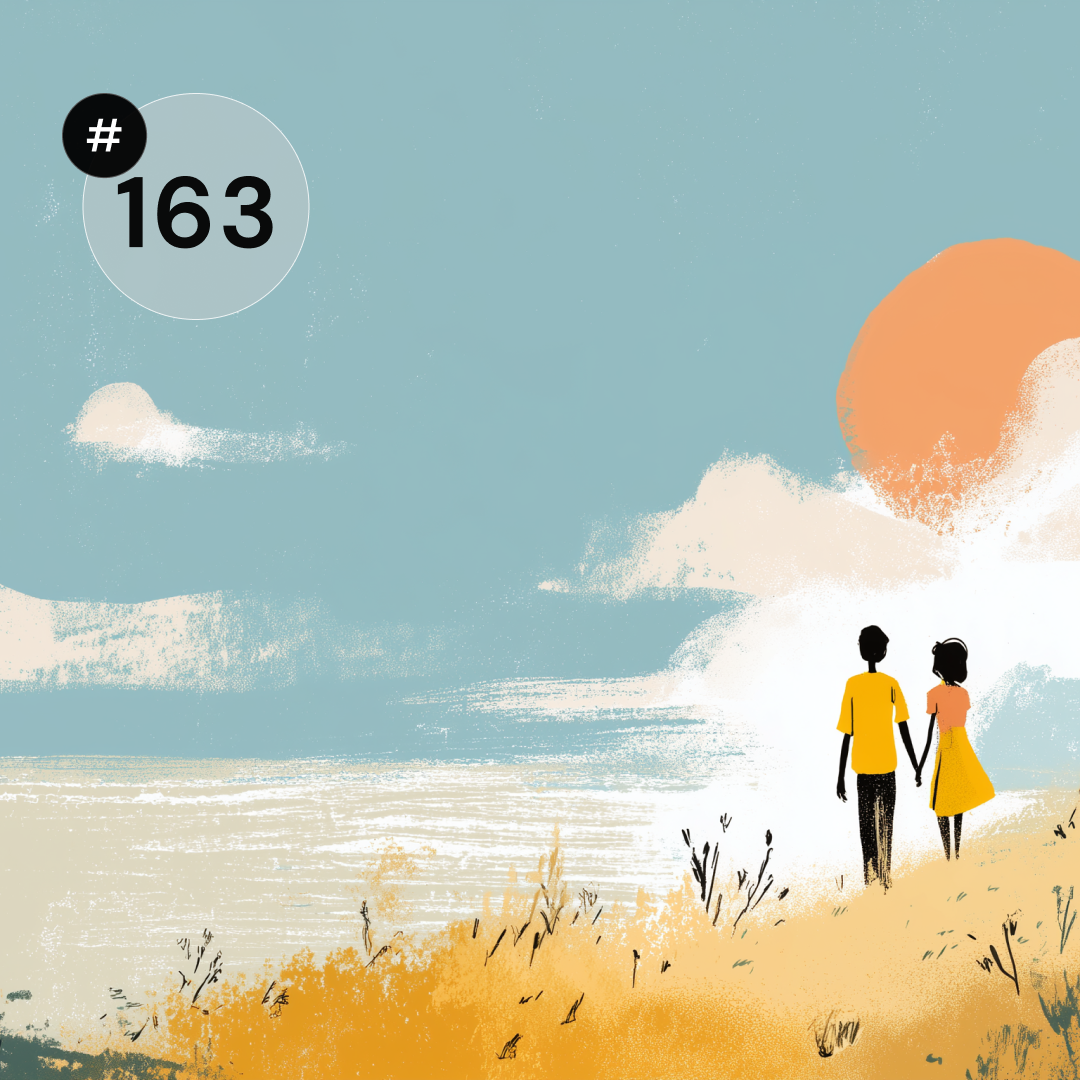Today's roundup opens up a conversation that may interest aspiring UX designers. For designers grinding the workshop, we recommend articles about creating component variants in Figma, ways to optimize and good practices for creating main pages. In turn, for those planning career development, we propose texts indicating the potential direction of changes in the digital world and the desired attitudes of its creators. And we are celebrating Penguin Knowledge Day, so despite the extremely windy weather, think warmly about these cute animals.







